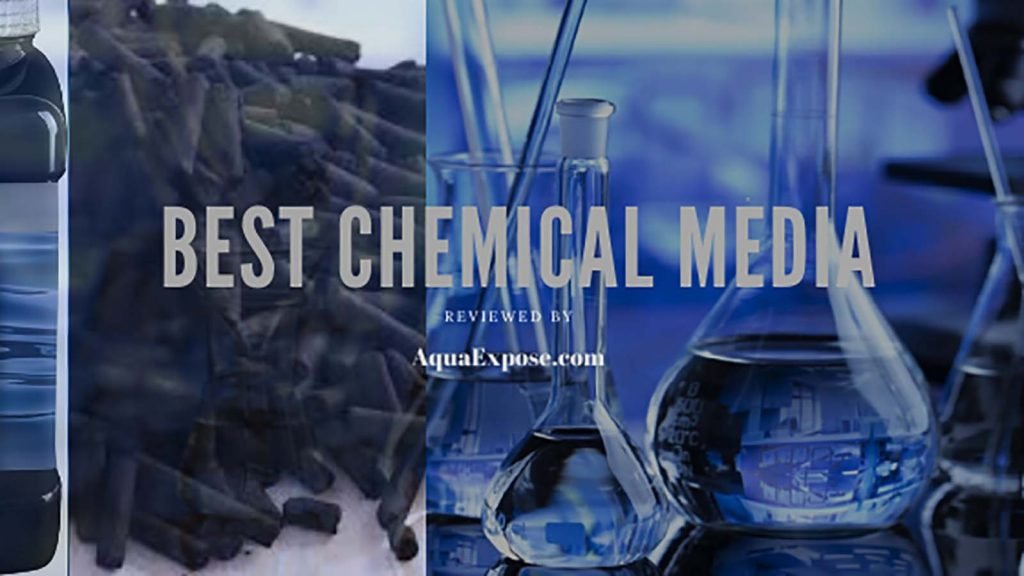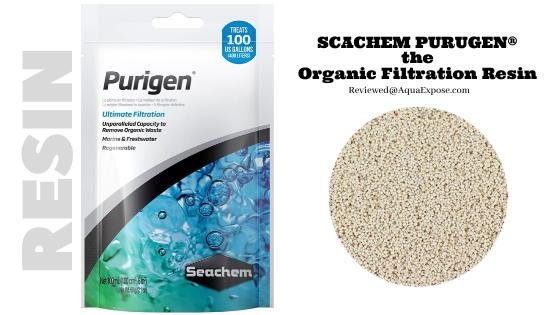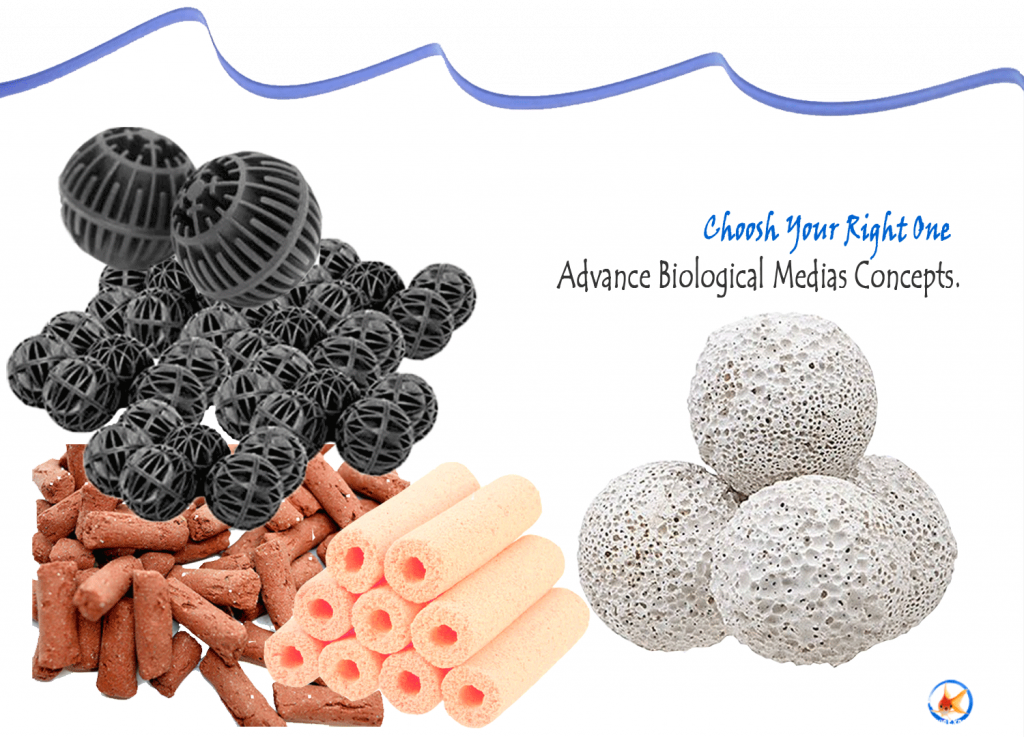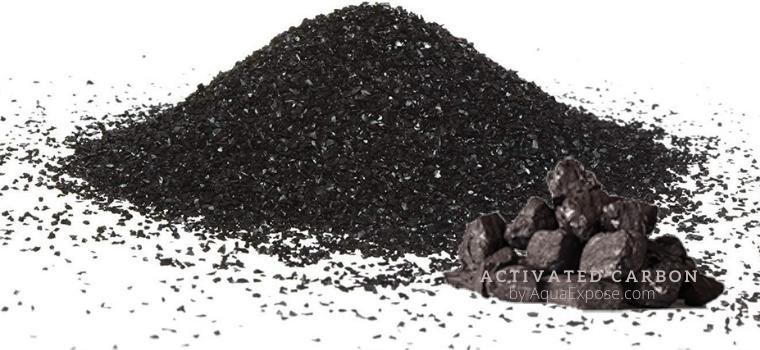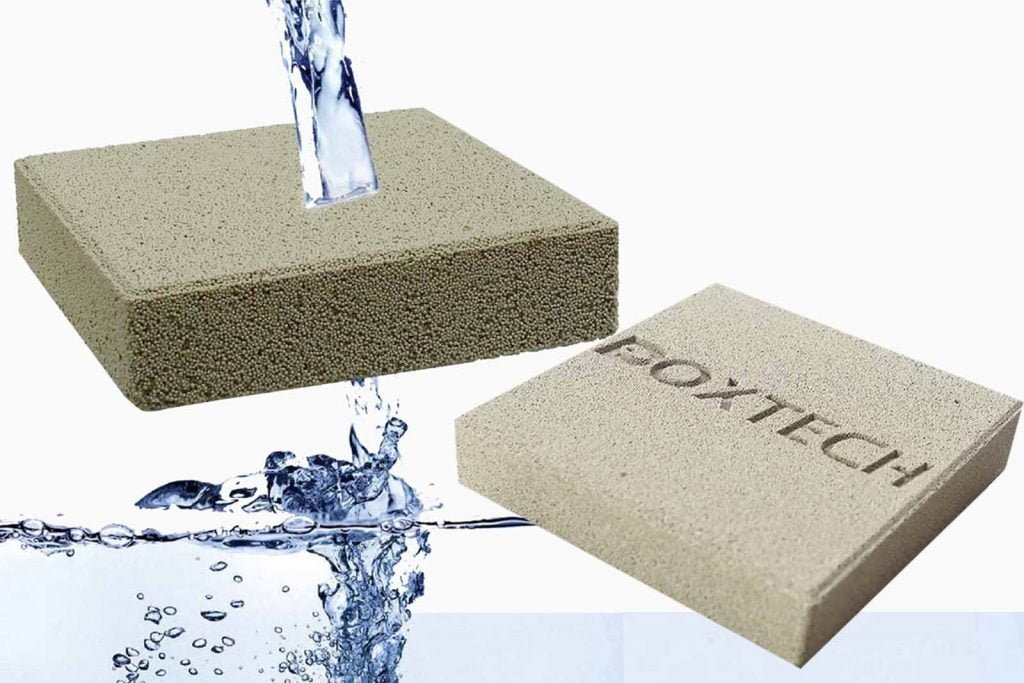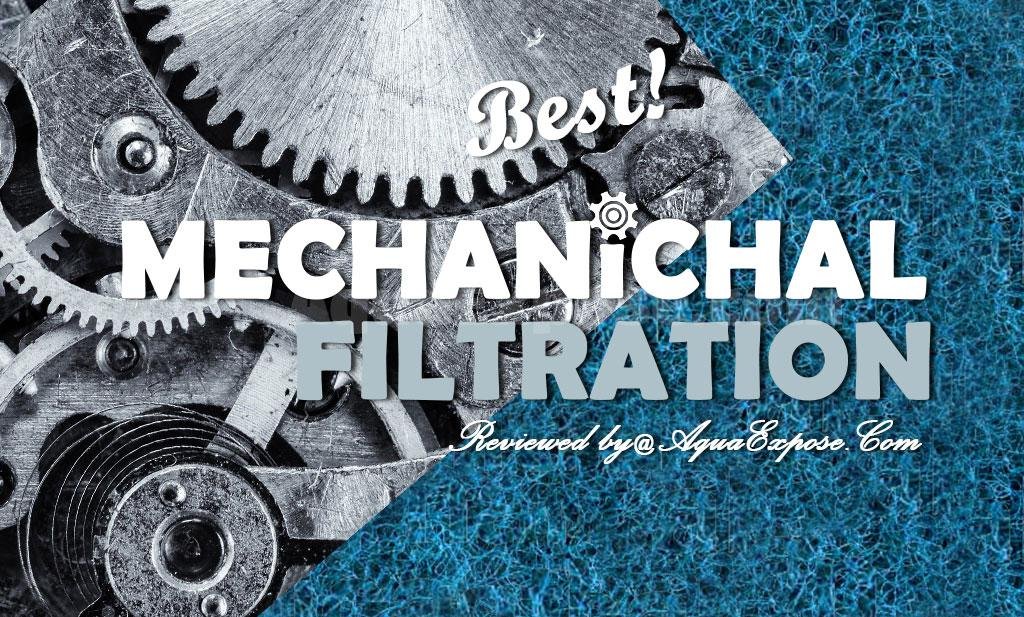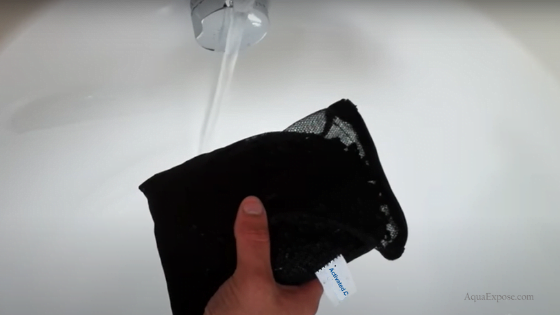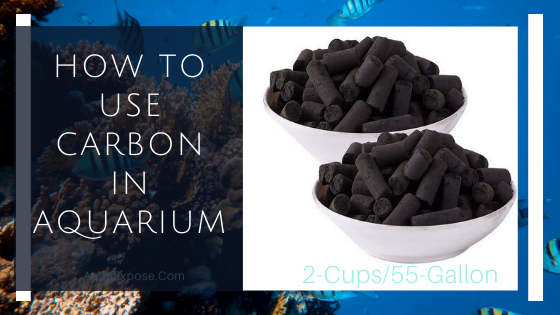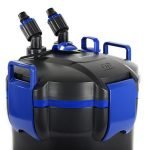Best Media For a Canister Filter: Finding the Perfect Media!
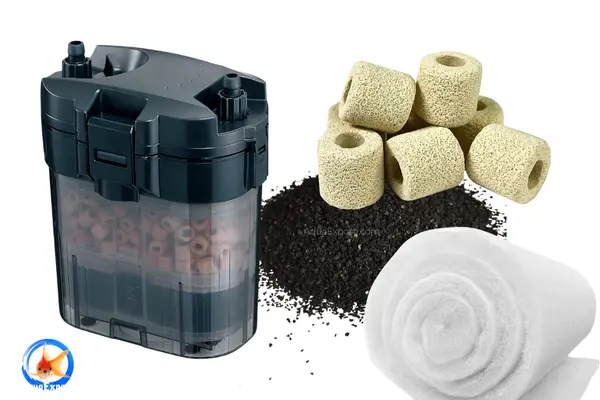
As an aquarium enthusiast, you are crucial in maintaining a clean, thriving tank. It’s not just about decoration or the perfect school of fish. It’s about balance, and at the heart of that balance lies the unsung hero—your canister filter. It’s a lifeline—more than just a fancy gadget. A canister filter circulates water and helps keep your aquatic pets healthy.
Your active involvement in this process is key.
However, the effectiveness of your filter relies on one crucial factor: the choice of filter media. Selecting the right media can elevate your canister filter from an essential water pump to a highly efficient cleaning machine. This guide explores the options available to help you find the best media for your specific aquarium needs.
Cracking the Code: What Is Canister Filter Media?
Filter Media Demystified
In simplest terms, filter media is the stuff inside your filter that cleans the water. But there’s more to it than meets the eye. Media performs three vital functions: catching debris, nurturing beneficial bacteria, and removing impurities you can’t see.
Three Pillars of Filtration
- Mechanical: Like a net-catching leaf in a pond, it sieves out visible gunk.
- Biological: Think of it as a microscopic city where bacteria thrive, breaking down harmful ammonia and nitrites.
- Chemical: The team’s chemist removes toxins, odors, and discoloration.
The Flow Dance
Water doesn’t just lazily flow through your canister. It weaves its way through layers of media, each with a specific job. Arrange these layers wisely, and your aquarium stays a pristine underwater paradise.
Diving into the Types of Media
Mechanical Media: The Gatekeeper
Its mission is to prevent large debris—fish waste, uneaten food, and plant matter—from advancing further.
Examples: Foam pads, filter floss, coarse sponges.
- Pros: Easy to clean and essential for preventing clogs.
- Cons: Needs frequent maintenance; won’t handle the microscopic stuff.
Biological Media: The Life Sustainer
This is where the magic of the nitrogen cycle happens. Beneficial bacteria colonize porous surfaces, neutralizing toxic ammonia.
Examples: Ceramic rings, bio-balls, and lava rocks.
- Pros: Vital for stable water chemistry.
- Cons: Requires careful cleaning to avoid killing bacteria.
Chemical Media: The Specialist
Whether your tank water turns tea-colored from driftwood or smells off, chemical media steps in.
Examples: activated carbon to remove impurities and odors, zeolite to control ammonia levels, and phosphate removers to reduce water phosphate levels.
- Pros: Targets specific problems effectively.
- Cons: Depletes over time and needs replacement.
Choosing the Right Media: What to Consider
Not all aquariums are the same. Some are lush freshwater jungles, others salty reef kingdoms. Tailoring your media to your setup is essential.
- Aquarium Type: Freshwater? Saltwater? Each has unique requirements.
- Bioload, or the amount of waste produced by your tank’s inhabitants, is crucial in determining the right filter media. A heavily stocked tank with a high bioload demands more biological media to ensure the waste is effectively broken down, maintaining a healthy water chemistry.
- Water Quality Issues: Are you struggling with algae? Ammonia spikes? Cloudy water? To tackle these challenges, use specialized media like phosphate removers for algae, zeolite for ammonia control, and activated carbon for water clarity.
- Compatibility: Ensure the media fits and works well in your canister model.
Spotlight: Best Media for Canister Filters
Mechanical Media:
- Top Picks: Coarse sponges for initial debris, followed by finer filter pads.
- DIY Tip: Filter floss is affordable and customizable for most filters.
Biological Media:
- Fan Favorites: Ceramic rings for their high surface area.
- Long-Term Advice: Don’t replace them unless they degrade—rinse gently in tank water.
Chemical Media:
- Best Choices: Activated carbon for clarity and zeolite for ammonia control.
- Pro Tip: Rotate chemical media use based on current tank needs rather than keeping it constant.
The Art of Layering Media
Getting the order right matters. Think of it like packing for a trip: the essentials go where they’re most accessible.
- Start with Mechanical Media: Block large debris first.
- Next, Biological Media: Give bacteria their space.
- Finally, Chemical Media: Let it polish the water as the last step.
Maintenance Hacks:
- Don’t disturb biological media too often—bacteria are your friends!
- Keep mechanical layers clean to prevent clogging.
Pitfalls to Avoid
Overloading Media: More isn’t always better. Crowding canister compartments can reduce flow efficiency.
Skipping Biological Layers: Without bacteria, your tank’s ecosystem is at risk.
Neglecting Upkeep: Even the best media won’t save a neglected filter. Without regular maintenance, your filter can become clogged, reducing efficiency and harming your aquatic pets. Follow a regular maintenance schedule to keep your filter in excellent condition.
Final Words:
The effectiveness of a canister filter comes down to the media you use. Select the right types, arrange them carefully, and keep up with regular maintenance. When you see your fish thriving in vibrant health and your water sparkling clear, you’ll feel a sense of accomplishment and pride in your well-maintained tank!
Do you have a media combination you swear by? Or is there a question lingering like a stubbornlet’se bloom? We’d love to hear from you! Drop it in the comments below—let’s keep the conversation flowing and learn from each other’s experiences!
FAQs:
Q-1: Do I need all three types of media?
Yes, for a balanced filtration system.
Q-2: How often should I replace media?
Mechanical: monthly. Chemical: as needed. Biological: rayou’reif ever.
Q-3: DIY Media: Worth it?
If you’re creative and on a budget—but test it first!
Q-4: How Often Should You Replace Mechanical and Chemical
Mechanical media should be cleaned every 2–4 weeks and replaced every 1–3 months or when water flow is reduced. Depending on water quality, chemical media typically need replacing every 4–6 weeks. Regular maintenance is key to keeping your aquarium healthy.
Q-5: Can You Mix Different Filter Media in a Canister Filter?
Yes, mixing filter media can enhance fisherperson by addressing multiple impurities. Here’s how to do it effectively:
To optimize your canister filter, combine mechanical, biological, and chemical media for balanced filtration. Arrange them in layers—mechanical first, then biological, and finally chemical. Avoid overpacking to maintain proper water flow, and clean or replace media as needed. Choose high-quality, compatible options to prevent unwanted interactions. Adequate layering and maintenance ensure a cleaner, healthier aquarium.



